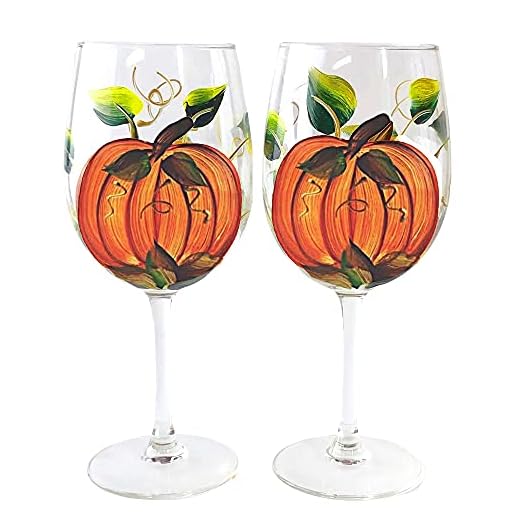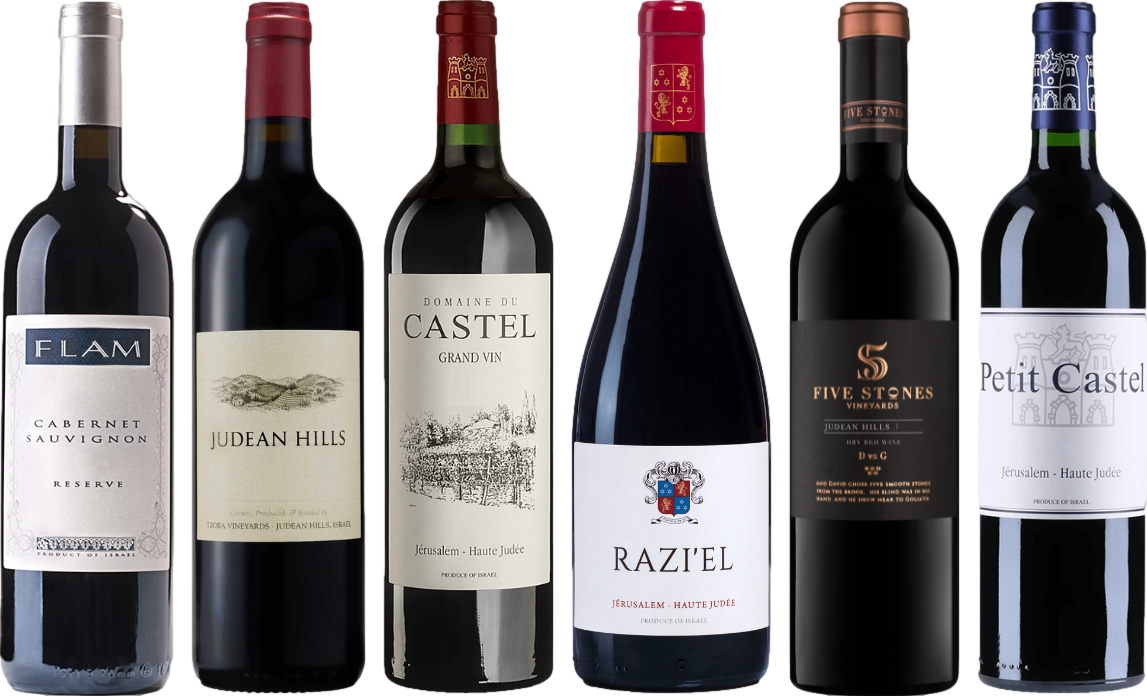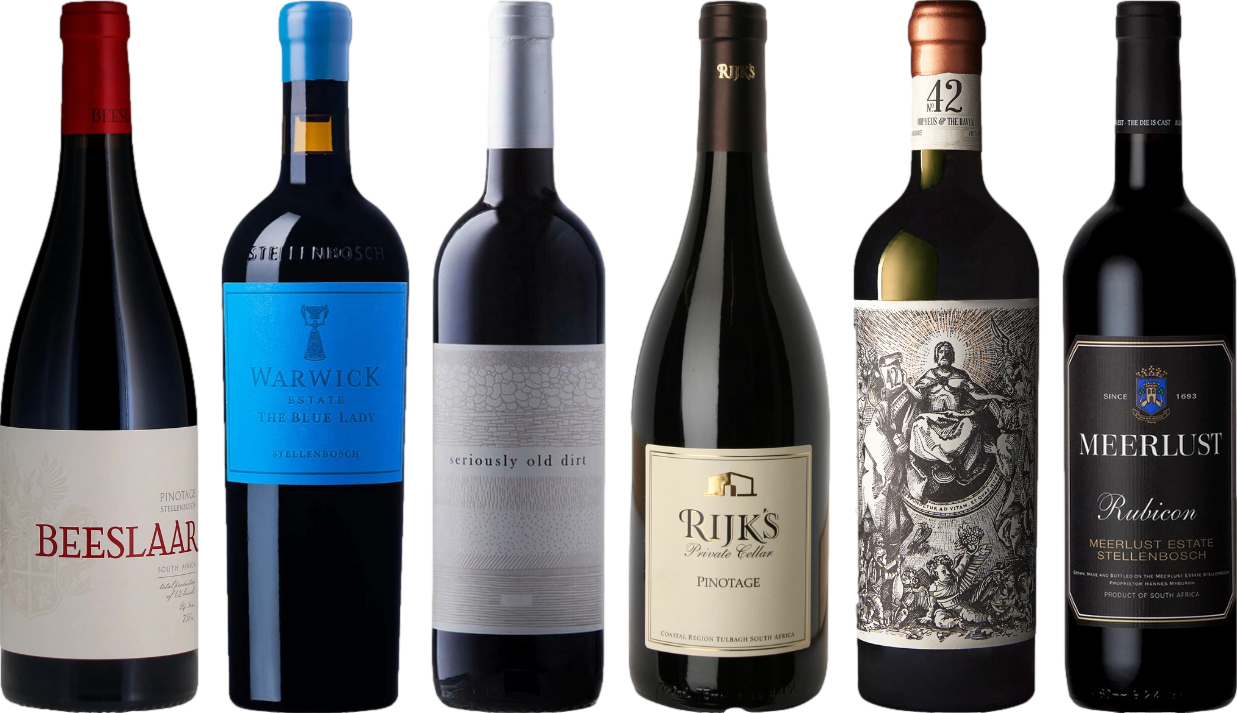



For a delightful experience at your Thanksgiving table, consider a medium-bodied Grenache. This varietal’s bright red fruit flavors and subtle spice complement the savory notes of roasted fowl beautifully.
If you prefer a bolder option, a Pinot Noir can be an excellent choice. Its acidity and earthy undertones balance the richness of the meat, enhancing each bite while providing a refreshing contrast.
Another fantastic pairing is a Zinfandel, which offers jammy fruit and peppery notes. This wine’s robust character works well with traditional sides like stuffing and cranberry sauce, creating a harmonious combination of flavors.
When exploring these options, remember that the preparation of the dish can influence the ideal selection. A herb-infused roast might pair better with a lighter choice, while a richer sauce could call for something more robust. Experimenting with these suggestions can elevate your dining experience significantly.
Pairing Suggestions for Turkey Dishes
Pinot Noir stands out as a superb match. Its bright acidity and soft tannins complement the rich flavors of roasted poultry. Look for options from Oregon or Burgundy, which offer a balance of fruit and earthiness.
Another excellent choice is Gamay, particularly those from Beaujolais. This wine’s light body and juicy red fruit notes enhance the savory elements of a holiday feast, providing a refreshing contrast.
Alternative Options
Merlot can also be a favorable companion, particularly if it’s from a warmer climate. The ripe fruit flavors and smooth finish work harmoniously with the herbs and spices typically found in turkey dishes.
For a more adventurous pairing, consider a Zinfandel. Its bold fruit profile and hints of spice can elevate the flavors, especially when served with a glaze or BBQ preparation.
Quick Reference Table
| Type | Region | Tasting Notes |
|---|---|---|
| Pinot Noir | Oregon, Burgundy | Bright acidity, soft tannins, fruit-forward |
| Gamay | Beaujolais | Light body, juicy red fruit, refreshing |
| Merlot | California | Ripe fruit, smooth finish, herbal notes |
| Zinfandel | California | Bold fruit, spicy notes, rich texture |
Pairing Pinot Noir with Roast Turkey
Choose Pinot Noir for its light body and bright acidity, which complements the moisture and flavors of roast bird perfectly. This varietal typically showcases red fruit notes like cherry and raspberry, along with earthy undertones that enhance the savory elements of the dish.
Opt for a bottle from regions such as Oregon or Burgundy, where the climate fosters balanced acidity and nuanced flavors. For a richer experience, a California Pinot Noir can offer a more robust profile with hints of spice and vanilla.
Serve this varietal slightly chilled, around 55°F (13°C), to enhance its refreshing qualities. The moderate tannins allow it to pair well with both the white and dark meat, while its acidity cuts through rich gravies and sauces.
| Pinot Noir Region | Flavor Profile | Best Pairing Notes |
|---|---|---|
| Oregon | Cherry, raspberry, earthy | Balances savory stuffing and herbal seasonings |
| Burgundy | Red fruit, floral, mineral | Enhances delicate flavors and complements rich gravies |
| California | Spice, vanilla, dark fruit | Pairs well with roasted vegetables and sweeter sauces |
Consider a light chill to elevate the tasting experience. Remember, the key is to match the wine’s acidity and fruitiness with the flavors of the meal to create a harmonious pairing.
Choosing Merlot for Thanksgiving Dinner
Opt for a plush Merlot to elevate your Thanksgiving spread. This varietal’s smooth texture and ripe fruit flavors seamlessly complement the savory notes of roasted meats. A medium-bodied selection, with hints of cherry, plum, and soft tannins, enhances the richness of the bird without overshadowing it.
When selecting a bottle, consider a Merlot from regions like California or Washington, where the climate yields fruit-forward profiles. Look for options that display balanced acidity, which will harmonize beautifully with traditional sides like stuffing and cranberry sauce.
Pairing a Merlot with dishes featuring earthy elements, such as mushroom stuffing or roasted root vegetables, creates a delightful synergy. The wine’s velvety mouthfeel and approachable palate make it an excellent choice for a diverse crowd, catering to both seasoned wine enthusiasts and casual drinkers alike.
For an added dimension, serve alongside a well-prepared baked potato. If you’re unsure how to achieve the perfect bake, check out this guide on how to cook a baked potato on a gas grill.
Incorporating a Merlot into your Thanksgiving feast not only enhances the dining experience but also creates memorable moments. Choose wisely, and enjoy the celebration!
Understanding the Role of Tannins in Turkey Pairings
Tannins are a key element to consider when selecting a suitable companion for your feast. They influence texture and mouthfeel, impacting the overall harmony between the dish and the beverage. For poultry dishes, especially, the right tannin levels can enhance flavors without overpowering the meal.
Choosing the Right Tannin Levels
For optimal pairing, aim for wines with moderate tannin content. High-tannin selections can clash with the delicate flavors of the meat and may create an unbalanced experience. Here are some excellent choices:
- Pinot Noir: Its soft tannins allow the flavors of the meat to shine while adding a layer of complexity.
- Merlot: The smooth texture complements the richness of the dish, making it an ideal selection.
- Grenache: This varietal’s silky tannins enhance the savory notes without overwhelming the palate.
Balancing Tannins and Acidity
Acidity plays a significant role alongside tannins. A harmonious balance between the two can elevate your dining experience. Look for wines that offer:
- A bright acidity to cut through the richness of the meat.
- A gentle tannin structure that supports rather than dominates.
Focusing on these aspects will ensure a delightful pairing that enhances both the meal and the beverage, creating a memorable occasion. Remember, the goal is to complement the flavors and textures present in your dishes while enjoying the exploration of new taste experiences.
Exploring Zinfandel as a Complement to Turkey
Zinfandel stands out as an excellent choice for complementing your festive bird. Its bold fruit flavors, ranging from raspberry to blackberry, create a delightful contrast with the savory aspects of the dish. The wine’s natural acidity balances the richness of the meat, enhancing each bite.
Look for a Zinfandel with moderate tannins, as this will prevent overpowering the flavors of your meal. A wine with a touch of oak aging can introduce subtle notes of vanilla and spice, which harmonizes beautifully with traditional accompaniments like stuffing and cranberry sauce.
Consider serving a lighter version, such as a Zinfandel from California’s Sonoma County, where the fruit is often more vibrant and approachable. This style pairs well with both roasted and smoked preparations, accentuating the smoky nuances without clashing with the dish’s inherent flavors.
For those who appreciate a slightly sweeter profile, opt for a Zinfandel that showcases its jammy characteristics. This sweetness can beautifully offset the savory and herbaceous elements of your spread, creating a balanced palate experience.
In conclusion, Zinfandel offers versatility and character, making it a standout selection for your holiday meal. Its ability to complement a variety of flavors ensures a delightful pairing that will impress your guests.
How to Select a Full-Bodied Red for Turkey Dishes
For pairing with turkey preparations, I recommend looking for a full-bodied option that complements the savory elements of the dish. A Cabernet Sauvignon or a Syrah can be excellent choices. These varietals typically offer rich flavors and a robust structure that balances well with the meat’s texture.
Consider the Flavor Profile
When selecting a full-bodied option, focus on the flavor profile. Look for those with dark fruit notes like blackberry or plum, along with hints of spice and oak. These characteristics provide a delightful contrast to the savory, herb-infused turkey. Additionally, a wine with pronounced tannins can enhance the overall dining experience, especially when paired with rich sides such as creamy mashed potatoes or savory stuffing.
Temperature and Decanting
Serving temperature plays a crucial role. Aim for slightly below room temperature, around 60-65°F, to allow the aromas to express themselves fully. Decanting your choice for about 30 minutes before serving can also help soften the tannins and reveal the wine’s complexity, making it an even better match for your turkey feast.
Regional Red Wines That Enhance Turkey Flavors
For a delightful pairing experience, consider a Barbera from Piedmont, Italy. Its bright acidity and fruity profile complement the savory notes of roasted fowl beautifully.
Another excellent choice is a Grenache from the Southern Rhône. Its juicy red fruit and subtle spice can enhance the herbaceous elements often found in turkey preparations.
Tempranillo from Spain, particularly from the Rioja region, offers a rich, earthy character with hints of cherry and leather, balancing well with the natural flavors of the dish.
If you prefer a bolder option, look for a Syrah from the Northern Rhône. The wine’s peppery notes and dark fruit can stand up to heartier accompaniments, making it a robust pairing.
A lesser-known gem is the Sangiovese from Tuscany. Its bright acidity and cherry flavors harmonize with the seasonings in many turkey recipes, providing a refreshing contrast.
For a unique experience, try a Gamay from Beaujolais. Its light body and vibrant fruitiness can bring a playful element to the meal, enhancing the overall flavor profile.
Lastly, don’t overlook a Cabernet Franc from the Loire Valley. This wine’s herbal and earthy characteristics can beautifully accentuate the savory aspects of turkey, creating a well-rounded dining experience.
Serving Temperature and Decanting Tips for Pairing with Poultry
Serve light-bodied varieties at a slightly cooler temperature, ideally between 55°F to 60°F (13°C to 16°C). This enhances the fruit characteristics and acidity, creating a refreshing contrast to the richness of the dish.
For fuller-bodied selections, aim for a serving temperature around 60°F to 65°F (16°C to 18°C). This range allows the complex flavors to unfold, pairing beautifully with the savory elements of the feast.
Decanting Recommendations
Decanting can significantly enhance the tasting experience. Here’s how to maximize this process:
- Decant light-bodied versions for 20-30 minutes before serving. This exposure to air brings out delicate aromas.
- For robust choices, consider decanting for 30-60 minutes. This softens tannins and allows the wine to express its full depth.
Always taste before serving to gauge the optimal moment for enjoyment. Each bottle may vary, and personal preference plays a vital role in the final experience.









